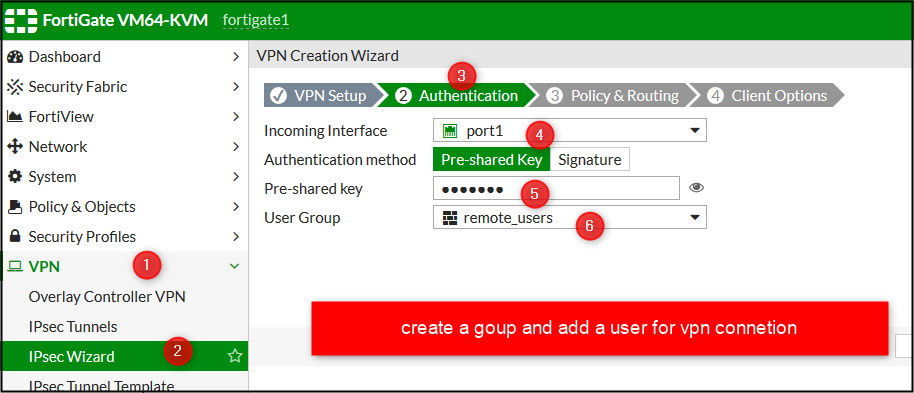

- #FORTINET VPN CLIENT WINDOWS HOW TO#
- #FORTINET VPN CLIENT WINDOWS INSTALL#
- #FORTINET VPN CLIENT WINDOWS WINDOWS 10#
- #FORTINET VPN CLIENT WINDOWS SOFTWARE#
- #FORTINET VPN CLIENT WINDOWS MAC#
#FORTINET VPN CLIENT WINDOWS SOFTWARE#
I) Double clicking on the FortiClient icon (in the task bar) will bring up the FortiClient window and you will be prompted to acknowledge that this software is the free version.Ĭheck the tick box and click “I accept” to continue Your laptop will need an active connection to the Internet to establish a VPN connection to the QMUL network. Step 3: Setting up the installed client software The FortiClient has now installed, you can find the software running in the Windows task bar (or your selected OS equivalent),as shown below by the FortiClient shield When the installation has finished you will be greeted with the following screen, where you will need to click finish
#FORTINET VPN CLIENT WINDOWS INSTALL#
Where you will need to tick the box for “Yes, I have read and accept the” and click next.Ĭlick Next to accept the default file location and click Install Step 2: Running the Installation softwareĪfter choosing and running the required software installation file you will be greeted with the following screen,
#FORTINET VPN CLIENT WINDOWS MAC#
This can be found at one of the links below, where clients for Linux, MAC and Windows are available.Ĭhoose the relevant installation file for the operating system in use and install. The FortiClient will be available via a dedicated QMUL repository which can be accessed from anywhere with an Internet connectionīut can onlybe accessed by members of QMUL with an active QMUL login. Step 1: How can I find the VPN client to install on my Personal Laptop? Only the following users are able to authenticate to the Self Managed VPN The client is called the “FortiClient”.įor self managed access to the QMUL network, the services available would be the same as if you were connected via Eduroam. The VPN solution is provided by Fortinet.

It will allow QMUL users to connect to the QMUL network remotely. The VPN or Virtual private network allows a secure encrypted connection from a remote location, through an Internet connection.

#FORTINET VPN CLIENT WINDOWS HOW TO#
#FORTINET VPN CLIENT WINDOWS WINDOWS 10#
The Windows 10 would be simpler for us as we could configure and push out via Group Policy. I'm looking for some advice on which route to take with the FortiGate. Users are still presented with a login box, and on the back end, we have it configured were their profile must be part of a specific security group, which gives me one additional layer of security, even if it's fairly minor. We are small enough of a company that we typically just manually configure for each user. It's pretty simple, allows us to configure the client to auto launch with Windows and auto connect. With Sonicwall we've always used a client. I'm told there's an optional vpn client, or we could go with the Windows 10 built in. We are looking at upgrading our firewall, migrating over from a Sonicwall that's end of life.


 0 kommentar(er)
0 kommentar(er)
